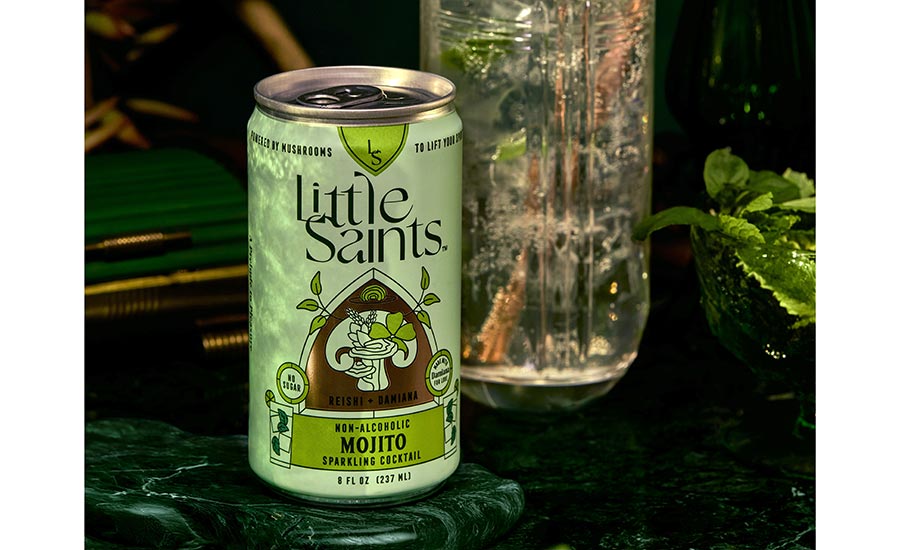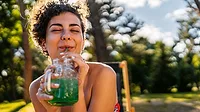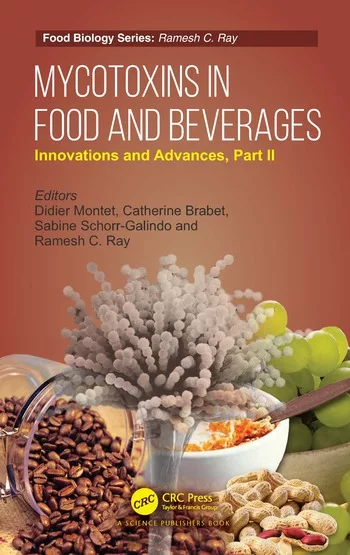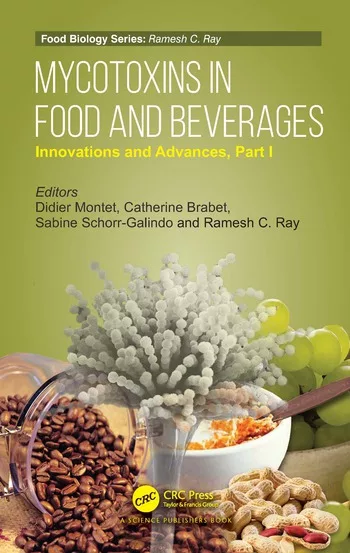Opportunities abound for relaxation, stress-relief beverages
Ingredients backed by scientific research attract consumers seeking ways to unwind

Image courtesy of Clean Juice
Although the body’s stress response system usually is self-limiting, the Mayo Clinic website notes that when stressors are always present and one always feels under attack, that “fight-or-flight” reaction stays turned on.
Further, in its article titled “Chronic stress puts your health at risk,” according to Mayo Clinic Staff, the long-term activation of the stress response system can disrupt almost all the body’s processes leading to a higher risk of health problems including depression, digestive problems, headaches, sleep problems and weight gain as well as problems with memory and focus.
Given that consumers are becoming more conscious of the impact stress can have on their well-being, this awareness has fueled the demand for relaxation beverages, driving market growth as people prioritize stress management in their daily lives, experts note.
“Nearly one in three U.S. consumers rate their stress levels as poor,” says Niki Kennedy, director of insights and content at Glanbia Nutritionals, Chicago. “Generally, women report higher stress levels than men up to the age of 60. Feelings of being overwhelmed for those under 45, with around two in five strongly agreeing with the statement: ‘I often experience feelings of being overwhelmed.’
“Alongside that, exercise with the motivation to reduce stress or improve mental health is quite common,” Kennedy continues. “It is the No. 2 motivation for women 18-35, only after weight loss. Additionally, it is the No. 5 top motivator for men 18-35. With stress levels reaching across all demographics, products to support them are also growing.”
Kennedy adds that, according to Nutrition Business Journal, supplements in the mental health space are expected to grow around 7% annually through 2027. “At the same time, we see new functional beverages like Recess supporting incorporating micronutrients, such as magnesium and adaptogens like ashwagandha, to calm consumers,” she says.
According to a Data Bridge Market Research report, the global relaxation beverages market, which was valued at approximately $459 million in 2023, is expected to reach approximately $1.4 billion by 2031, with a compound annual growth rate (CAGR) of 15.3% during the forecast period 2024-2031.
“The market is witnessing increased consumer awareness about the impact of stress on well-being, driving the popularity of relaxation beverages as a convenient and soothing solution in today’s fast-paced world,” the report states. “The global shift toward health and wellness is fueling the demand for relaxation beverages.
“As individuals seek effective ways to unwind and manage stress, there is a growing inclination toward relaxation beverages,” it continues. ”These beverages, enriched with calming ingredients such as herbs and adaptogens, are positioned as a remedy for stress relief.”
As opportunity for innovation and product diversification within the relaxation beverages market is substantial, the report suggests that beverage-makers should explore unique formulations, flavors and delivery methods to differentiate their products and cater to diverse consumer preferences.
“Creating beverages with novel ingredients backed by scientific research can attract consumers seeking effective ways to unwind, contributing to market growth through product differentiation,” it states.

Glanbia’s Kennedy points out that beverage-makers commonly use a combination of well-known micronutrients and reinvigorated ancient ingredients like ashwagandha in formulations; however, she says, “it isn’t as simple as just adding those ingredients into a beverage and putting it on the shelf.”
“Many of the most interesting products in this space are being seen in more enjoyable formats outside of the traditional pill such as great tasting powders or ready-to-drink beverages,” Kennedy explains. “Momentum in this space is all about delivering ‘drinks as medicine,’ either as RTDs or in powdered formats while ensuring the product remains functional and flavorful, no matter the form.”
Kennedy also notes how opportunities exist in the relaxation drink space given consumers’ increased interest in non-alcohol beverages.
“Traditionally, many consumers have turned to wine or alcohol for a calming elixir, but consumer tides are turning,” she says. “Consumers want products to help them relax without the health implications. Beverages like this can help fill the gap for those sober curious but in need of winding down.”
According to the Data Bridge Market Research report, another area of opportunity presents itself among the aging population.
“The increasing aging population, especially in developed economies, presents an opportunity for the global relaxation beverages market. Older consumers are often more focused on health and stress management, creating a potential market for relaxation beverages that cater specifically to their needs,” the report states. “Formulations incorporating ingredients aimed at addressing stress associated with aging and promoting relaxation have the potential to attract this demographic.”
“Momentum in this space is all about delivering ‘drink as medicine,’ either as RTDs or in powdered formats while ensuring the product remains functional and flavorful, no matter the form.”
As far as what challenges remain for relaxation and stress relief formulations, Glanbia’s Kennedy says the major challenge is creating a product that consumers believe will help them relax and also tastes good — “ideally with flavors they will crave.”
“The consumer need is present but finding the perfect formulation and delivering the right beverage with the proper messaging remains essential,” she concludes.
Looking for a reprint of this article?
From high-res PDFs to custom plaques, order your copy today!









